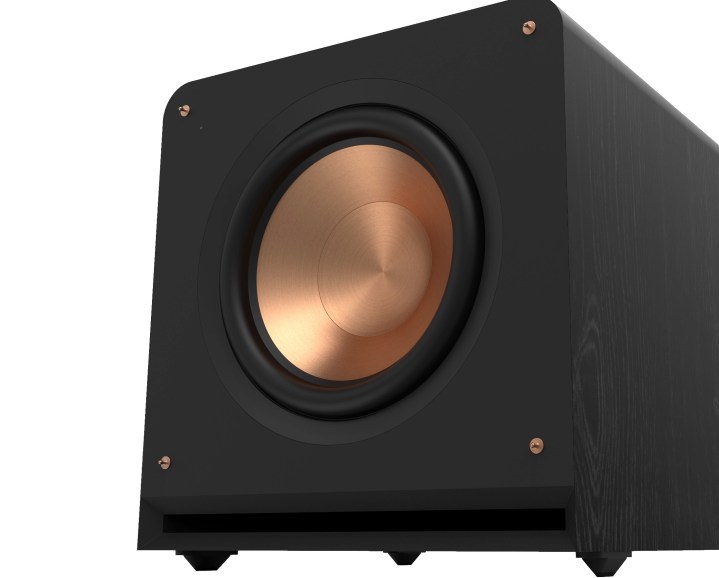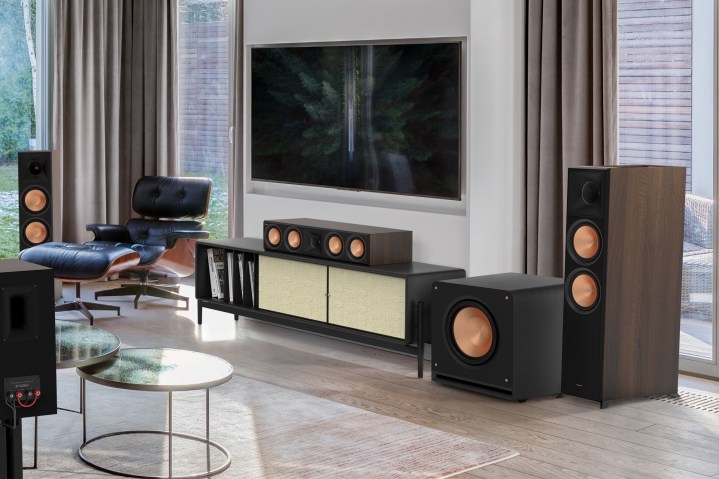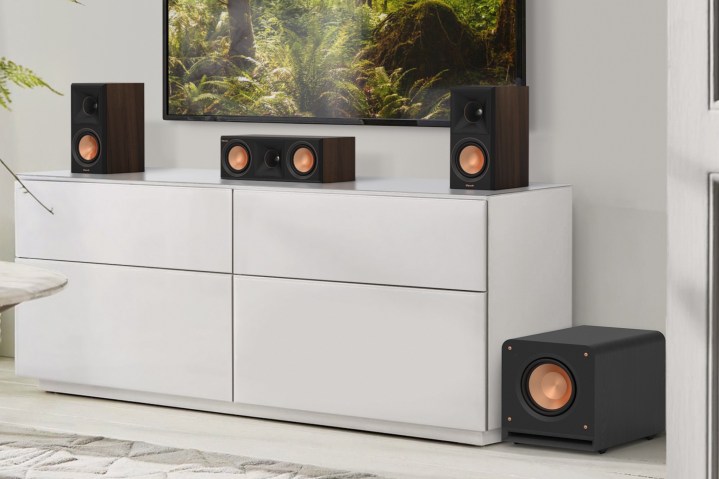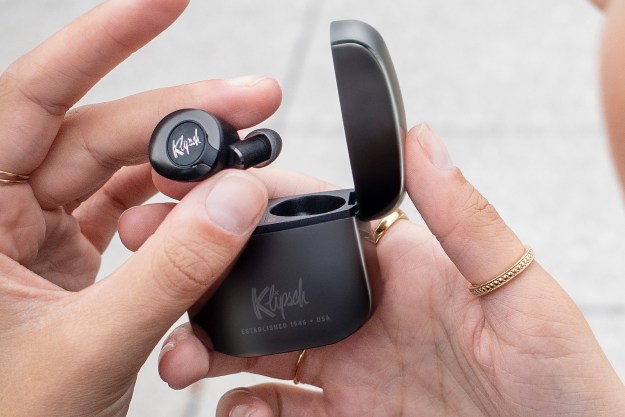If you’re a fan of Klipsch’s Reference Premiere line of speakers and you’ve been patiently waiting for a powered subwoofer to match, your wait is over. The company has just released four new subs for the Reference Premiere family that start at $750 and feature a new design and tons of power. The RP-1000SW ($749), RP-1200SW ($999), and RP-1400SW ($1,399) will be available staring March 1 at Klipsch.com and authorized retailers, while the flagship RP-1600SW ($1,799) will be available sometime in either April or May 2023.

Each of the new subs features Klipsch’s iconic front-firing spun copper Cerametallic woofer in sizes that range from 10 inches to 16 inches. These drivers have been redesigned as ultra long throw transducers with oversized surrounds. Power comes from new class D amplifiers, and Klipsch claims that it’s a highly efficient system. The enclosures, covered in an impact-resistant wood-inspired vinyl, have a rounded-corner shape, which is a new approach for the usually very angular and straight-edged Reference Premiere family.

But the most noticeable change on the outside is the use of a slot-shaped port at the bottom that runs the full width of the subwoofer. Klipsch calls this an Aerofoil, and claims that it minimizes port noise for clean, undistorted low frequencies. In a presentation given to members of the media, Klipsch’s director of product development, Vlad Grodzinskiy, challenged us to test its performance by comparing the new Klipsch subs to a competitor by playing 20Hz to 25Hz test tones. Grodzinskiy claimed that we wouldn’t hear the port “whistling” on the Reference Premieres that other subs exhibit.

Another notable feature of the new subwoofers is an improved set of rear controls. The dials for low-pass and gain are now oversized and have markings etched into the sides of the knobs. In conjunction with a magnification bar, the settings are much easier to change without moving the speaker away from an adjacent wall.
Klipsch has also given the subs shock-absorbing rubber feet, which should help minimize any unwanted vibrations.
From a performance point of view, these subs are all about power and low frequencies. Here’s what you can expect from each model.
RP-1600SW

- $1,799
- 16-inch woofer
- 1600 watts of peak power
- 14.5Hz to 175Hz
RP-1400SW

- $1,399
- 14-inch woofer
- 1000W of peak power
- 16Hz to 141Hz
RP-1200SW
- $999
- 12-inch woofer
- 800W peak power
- 16.5Hz to 138Hz
RP-1000SW

- $749
- 10-inch woofer
- 600W peak power
- 19Hz to 131Hz
Editors' Recommendations
- KEF just let the dogs out with its new KC92 and Kube MIE subwoofers
- Klipsch teases its new Onkyo-powered Flexus soundbar system at CES 2024
- New Klipsch tabletop wireless speakers are a more affordable, capable take on mid-century modern
- New tech could mean pint-sized Klipsch speakers with massive sound
- Klipsch’s latest Reference speakers promise better sound with less distortion



